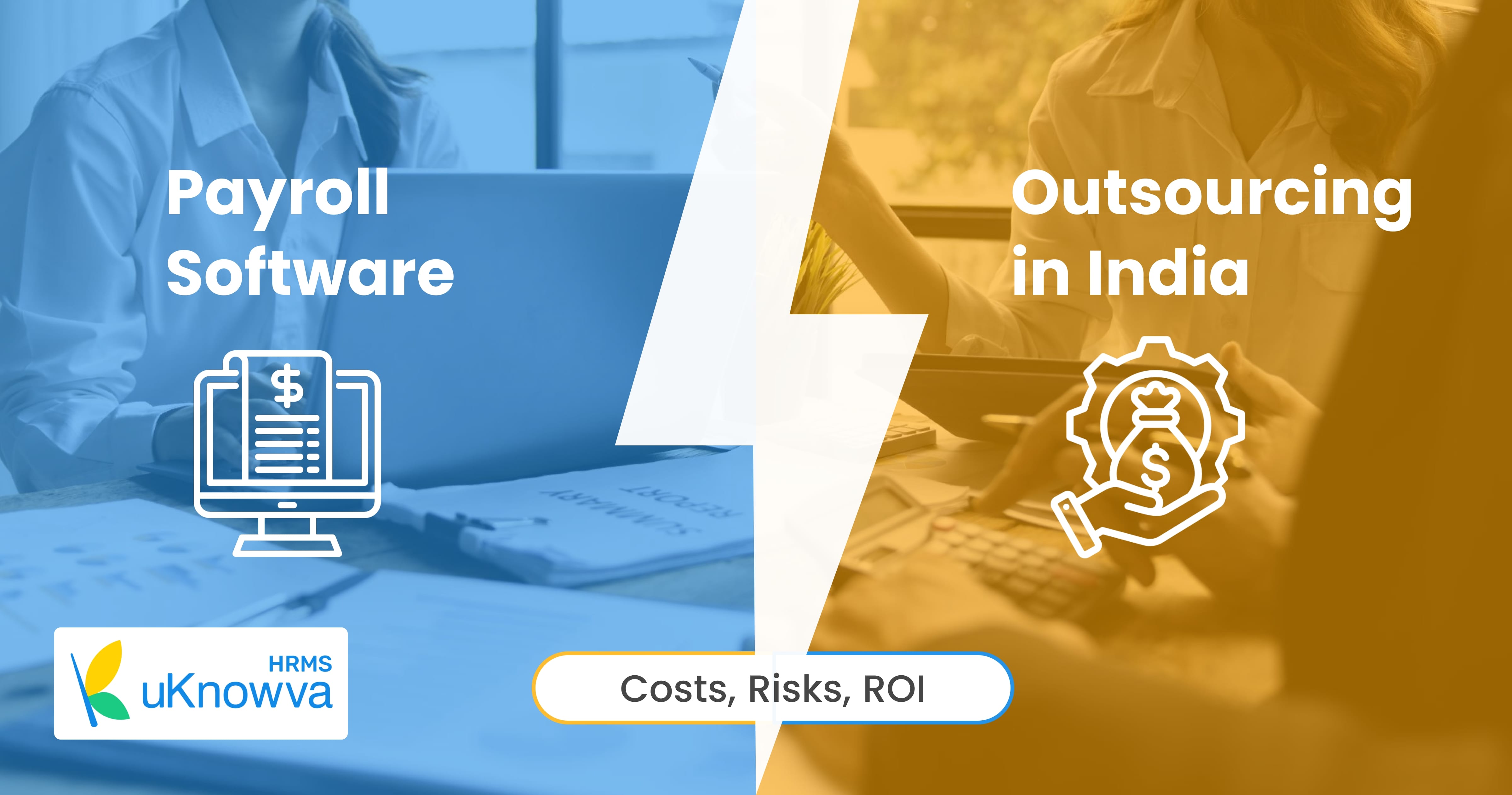What is CTC (Cost to Company)?
Cost to Company (CTC) is the sum of money a company spends on an employee on a yearly basis. It covers all direct & indirect elements, and savings that lead to the compensations of the employee. CTC is the full sum of money invested by the employer as opposed to the amount that an employee is paid after deductions (i.e. take-home salary).
History and origin
Cost to Company is a corporate compensation idea in India. With the emergence of multinational corporations in the Indian market in the late 20th century, HR professionals and companies required a clear means through which they can reflect the overall financial expenditure that a single employer had invested on any given employee. Employers began to simulate all direct and indirect benefits into a single figure, CTC, as opposed to only pointing out the take-home salary.
Components of CTC
Basic Salary- The fixed part of the salary that constitutes the base of CTC.
Allowances - Other financial allowances include House Rent Allowance (HRA), Dearness Allowance (DA), Travel, Medical and Special allowances.
Variable Pay - Incentives that are performance based, bonuses and commissions.
Employer Contributions- Contributions that the employer makes to statutory funds such as Provident Fund (PF), Employee State Insurance (ESI) and gratuity.
Perks and Benefits Insurance, meal vouchers, company car, stock options or subsidized loans.
Other Benefits - Wellness, training or reimbursements offered as employee engagement.
Calculation
The standard formula used is:
CTC = Direct Benefits + Indirect Benefits + Employer Contributions.
Considering that the gross salary of an employee is 7,20,000 each year, and the employer is adding 80,000 to PF, gratuity and insurance, the overall CTC will be 8,00,000.
Gross Salary, Net Salary and CTC
Gross Salary: This sum consists of basic pay and allowances and bonuses prior to any deductions.
Net Salary (Take-home): Gross Salary- deductions in the form of PF, professional tax and TDS.
CTC: Gross Salary Accompanied by the employer-provided benefits and contributions.
The difference assists the employees to know why their in-hand compensation can be much lower than the CTC rate advertised.
CTC in India
CTC in the Indian context usually consists of statutory benefits such as Provident Fund and gratuity, as well as well-known ones such as medical insurance, tax saving allowances and employee wellness benefits. Such inclusions change within different organizations but they are relevant in the course of total compensation planning.
Importance of CTC
To Employers: Serves as a costing instrument to forecast the cost of the workforce.
To Employees: Clear on total benefit take-home pay.
To the HR Teams: Makes negotiations and compensation structuring easier.
fits beyond Pro Tip
Using the smart functions of uKnowva like smart payroll and CTC management, organisations prevent mistakes, save time, and provide an engaged compensation experience to employees.
FAQs
- What is CTC?
CTC stands for Cost to Company, which refers to the total annual amount an organisation spends on an employee. It not only covers the take-home salary but also includes additional benefits and contributions made by the employer. Essentially, it reflects the overall expense of employing a person. - What does CTC include?
CTC is a comprehensive package that includes basic salary, allowances, bonuses, employer’s contribution to Provident Fund (PF), gratuity, insurance premiums, and other perks or benefits. It represents both direct cash payments and indirect benefits offered to the employee. - How to calculate company CTC?
The company calculates CTC by adding up all direct components (like salary and bonuses), indirect benefits (like insurance or meal coupons), and long-term retirement contributions (like PF or gratuity). This provides the full cost incurred for employing an individual. - Is CTC yearly or monthly?
CTC is generally expressed as an annual figure, as it reflects the company’s yearly expense for an employee. However, many organisations also provide a monthly breakup for easier understanding of salary structure and deductions. - How to make a CTC breakup?
A CTC breakup is created by dividing the total cost into its major components such as basic salary, house rent allowance (HRA), special allowances, performance bonuses, employer’s PF contribution, gratuity, insurance, and other perks. This helps employees clearly see where their compensation comes from. - Is PF part of CTC?
Yes, the employer’s contribution to the Provident Fund (PF) is part of the CTC. While the employee’s contribution is deducted from their salary, the company’s contribution is counted as an additional cost to the employer and hence included in the total CTC. - Is gratuity part of CTC?
Yes, gratuity is often included in CTC as a long-term benefit the employer is legally obligated to pay if an employee completes a minimum of five years in the organisation. Companies calculate this liability annually and add it to the CTC structure. - What is the expected CTC cost to a company?
The expected CTC is the total compensation package an employee anticipates during salary negotiations, including fixed pay, variable components, and benefits. For the company, it indicates the complete financial outlay needed to employ the individual. - What are the CTC Benefits in India?
These include PF, gratuity, medical insurance, tax-saving allowances, and perks like meal vouchers or company transport. - How to calculate Gross and Net Salary?
- Gross Salary = Basic + Allowances + Bonuses (before deductions).
- Net Salary (Take-home) = Gross Salary – (PF + Professional Tax + TDS + other deductions).
- What is the difference between Gross Salary and CTC?
- CTC: Entire package (gross + employer contributions + perks).
- Gross Salary: Salary before deductions but excluding employer contributions like PF.
















